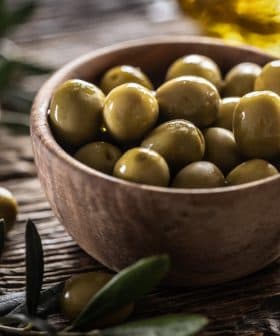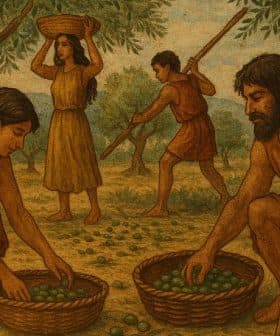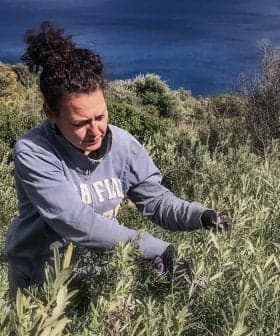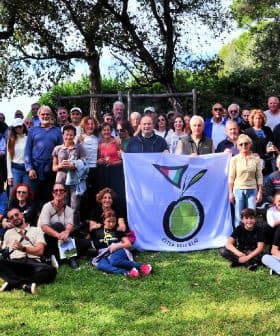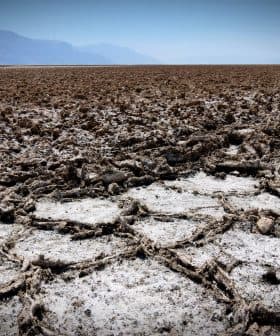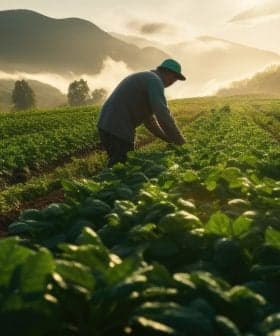 5.6K reads
5.6K readsProduction
Northern Italy's Drought Continues to Worsen

An ongoing drought in northern Italy has worsened, leading to a historic low in river levels and severe water shortages in the Po Valley. The lack of rainfall, high temperatures, and drying aquifers are negatively impacting local agriculture, with farmers facing reduced crop yields and potential food shortages for citizens.
An ongoing drought in northern Italy continues to get worse and exacerbate the water scarcity issue facing the region’s population centers and agriculture.
In many areas of the Po Valley, rain has not fallen for more than 110 days, and the mountain water reserves have dried up quickly after an extremely dry winter leading to a lack of snowpack.
We are living through one of the worst droughts ever. At this time, we need clarity and coordinated action.
The combination of factors means the main river levels have fallen to a historic low. Local authorities estimated that the Po River has dropped to its lowest levels in the last 70 years, with massive consequences on local agriculture.
The river is the backbone of Italy’s northern agricultural regions, considered the most significant in the whole country for staple food production.
See Also:U.N. Developing Olive Groves and Mills in Drought-Prone Areas of IraqAs the freshwater levels in the Po River drop, more salt water from the Adriatic Sea enters the river, negatively impacting local plants and animals reliant on the river. Similar phenomena are occurring in other rivers in the region too.
As several aquifers and wells dry up, large areas are experiencing extreme water shortages. Some residents of Piedmont and Lombardy may soon face nighttime bans on water use recommended by the local utility.
Dozens of other locations have water supplies delivered from elsewhere, and in the Ferrara area of Emilia-Romagna, authorities asked 250,000 people to use as little water as possible.
The current drought has also been exacerbated by many days of high temperatures, which are expected to rise further in the following weeks.
“The situation is getting dramatically worse because we have low levels and no rainfall, and to that, two more factors must be added,” said Meuccio Berselli, the secretary-general of the Po Water Authority. “We have a temperature which is 2 ºC or 3 ºC higher than average, in some areas even 4 ºC more. And that happens in a season with no snowpack.”
With the exception of Lake Garda, whose levels are still considered sufficient, every other lake in the region has also seen its water levels drop to historic lows, which has led authorities to limit the amount of water for irrigation. However, farmers’ associations have opposed this move.
As a result of water rationing, many farmers expect reduced crop yields this year. The farmers’ association, Coldiretti Bergamo, warned that a drastic drop in yields is expected in barley, wheat, fodder and corn. As temperatures rise, the association wrote, the situation will become even more difficult.
According to Coldiretti, 2022 has seen half the rainfall of the average of the last few years. To cope with the rising temperatures and farming water needs, Coldiretti asked for the intervention of the reservoirs and lakes authorities.
“The moment is complex and difficult on several fronts, but you have to act immediately, putting into practice everything you can,” said Alberto Brivio, Coldiretti Bergamo’s president. “We are living through one of the worst droughts ever. At this time, we need clarity and coordinated action.”
According to Coldiretti, the barley yields are already down by 30 percent, and many more crops are compromised as farmers struggle to access sufficient water to irrigate.
“If there is no water, we can not guarantee [locally-produced] food to our citizens,” Brivio said, warning that the war in Ukraine and resulting global food price increases would also be exacerbated by the situation.
Coldiretti estimated that the drought has already caused €1 billion in damages in the whole country due to reduced yields. In addition, half of the livestock and more than 30 percent of Italian food production is at risk, Coldiretti warned.


